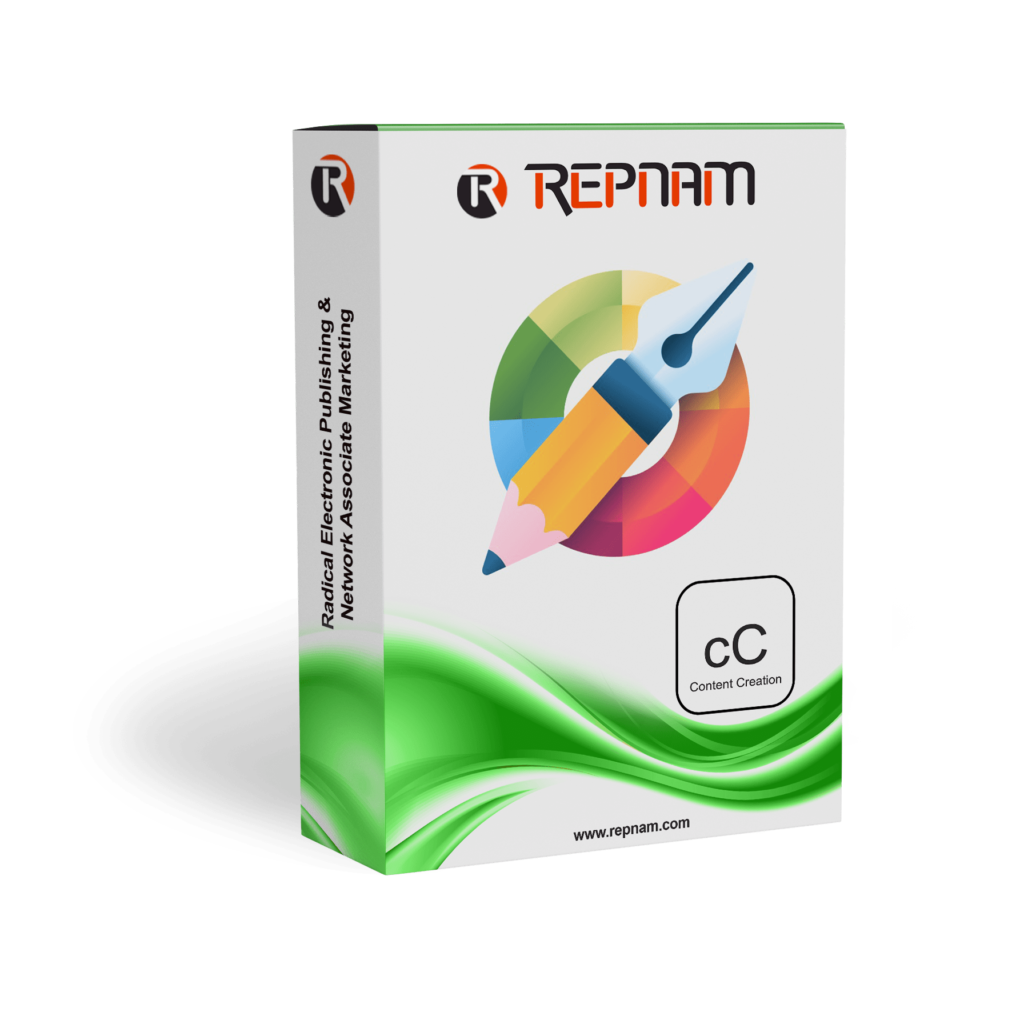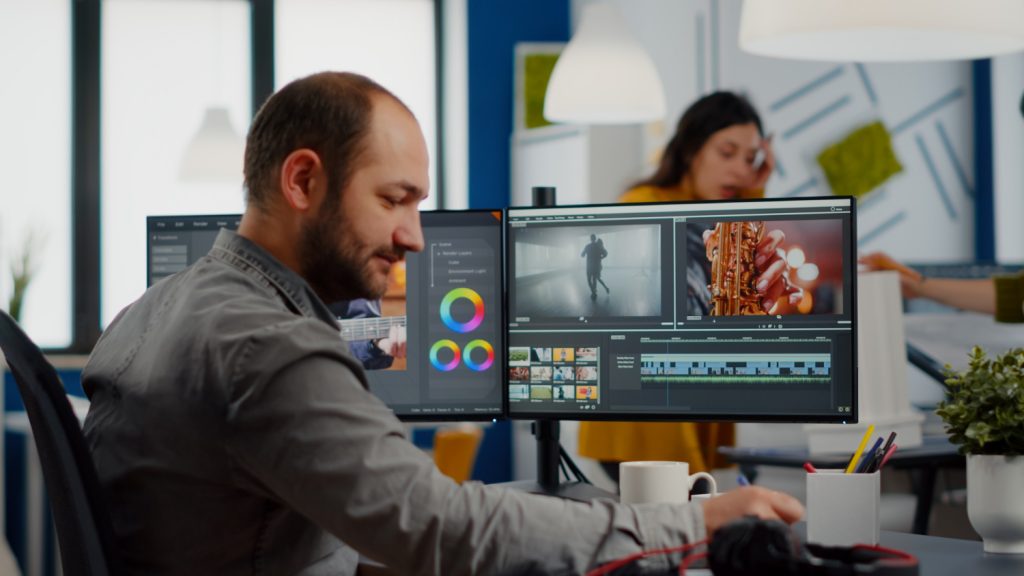In the dynamic world of design, where innovation and creativity reign supreme, the question of ownership and control over open files has become a crucial consideration. Open files, often the digital blueprints of a designer’s work, hold intrinsic value and represent the intellectual property (IP) of the creator. In this blog post, we’ll explore the reasons why open files rightfully belong to the designer as intellectual property.
1. Preserving Creative Vision:
Open files, containing layers, elements, and intricacies, encapsulate the essence of a designer’s creative vision. They represent the countless decisions, revisions, and iterations that contribute to the final design. As the architect of these creations, designers deserve the right to maintain, modify, or repurpose their work without external constraints.
2. Fostering Innovation and Growth:
Designers often draw inspiration from their past projects to fuel new ideas and innovations. Retaining control over open files allows designers to build upon their previous work, fostering a continuous cycle of creativity and growth. This not only benefits the designer personally but also contributes to the evolution of design as a whole.
3. Protecting Against Unauthorized Use:
Open files contain the raw materials of a design, making them highly valuable. Designers, as the creators, should have the exclusive right to control access to these files. This helps safeguard against unauthorized use or modification by third parties, protecting the integrity of the designer’s original work.
4. Ensuring Consistency Across Platforms:
In the modern design landscape, projects often extend across various platforms and mediums. Designers need the flexibility to adapt their work to different contexts while maintaining consistency. Ownership of open files empowers designers to tailor their creations for specific purposes without relinquishing control over the fundamental elements.
5. Nurturing Client Relationships:
The relationship between designers and clients is built on trust. When designers maintain ownership of open files, it fosters a transparent and collaborative dynamic. Designers can readily respond to client requests for adjustments, improvements, or additional collateral, ensuring a smoother and more responsive design process.
6. Acknowledging the Creative Process:
Design is an iterative process marked by experimentation and refinement. Open files encapsulate this journey, revealing the evolution of a design from concept to completion. Recognizing the designer’s ownership of open files is a testament to the value of the creative process and the craftsmanship involved.
Conclusion:
In the ever-evolving landscape of design, the debate over the ownership of open files is a crucial aspect of preserving the rights and creative autonomy of designers. Embracing the principle that open files belong to the designer as intellectual property is not just a legal standpoint; it’s a recognition of the creative journey, the countless decisions made, and the passion invested in bringing a design to life. By acknowledging and respecting this ownership, we empower designers to continue pushing the boundaries of creativity and innovation in the dynamic world of design.















